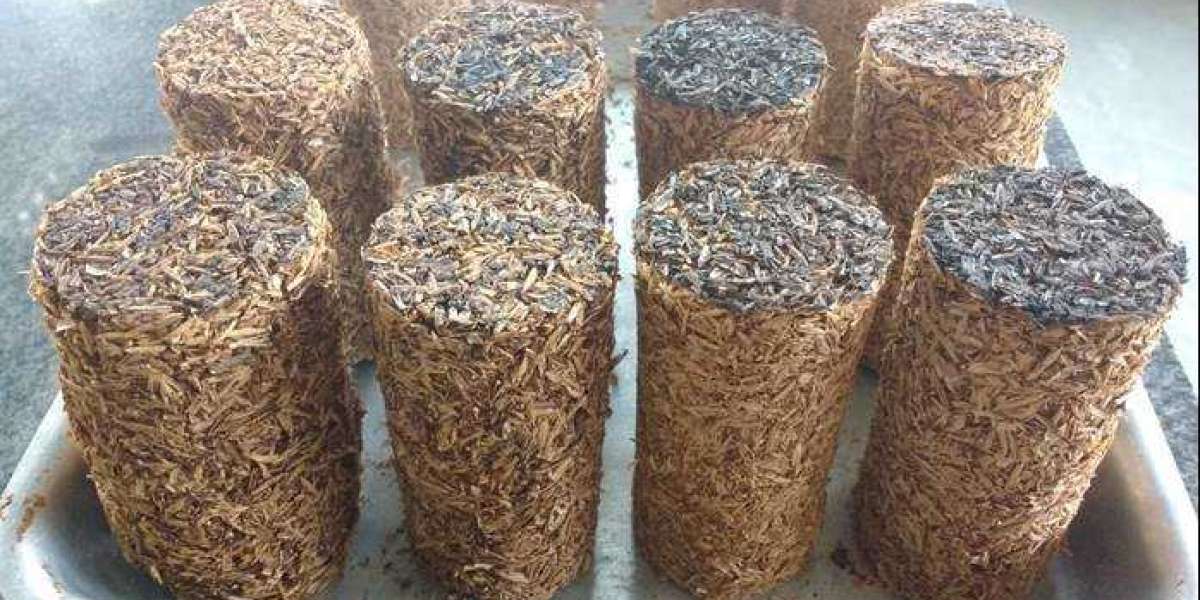As concerns about climate change and environmental sustainability continue to grow, developing renewable and clean energy sources has become a global priority. Biomass solid fuel is one such promising renewable energy solution that can play a key role in transitioning the world from fossil fuels to more sustainable alternatives. In this article, we will explore what biomass solid fuel is, its benefits over other energy sources, and its potential to reduce emissions and dependence on non-renewable resources.
What is Biomass Solid Fuel?
Biomass solid fuel refers to fuels produced from various organic materials known as biomass. Biomass includes plant materials and waste such as wood, sawdust, agricultural residues, and municipal solid waste. Through various thermal processes like combustion and pyrolysis, this biomass can be converted into solid, liquid, and gaseous fuels. Some common types of biomass solid fuels include wood pellets, wood chips, firewood, charcoal, and fuel briquettes made from agricultural residues and woody biomass. These fuels can be used for heating applications in homes and industries as well as for generating electricity.
Benefits of Biomass Solid Fuel
There are several key advantages of Biomass Solid Fuel over traditional fossil fuels:
Renewable Source: Biomass solid fuel is made from organic materials that can be replenished, making it a renewable source of energy unlike coal, oil, and gas reserves that take millions of years to replenish. As long as biomass continues to grow through natural processes, this fuel will remain sustainable.
Carbon Neutral: During the growth of biomass, carbon dioxide is absorbed from the atmosphere through photosynthesis. When biomass is burned for energy, this carbon is released back into the atmosphere, making the process carbon neutral. In comparison, fossil fuels release carbon that has been trapped underground for millions of years.
Lower Emissions: Studies have shown that when produced sustainably, biomass fuel produces much lower greenhouse gas emissions than coal and natural gas per unit of useful energy delivered. Emissions can be as much as 80-90% lower than burning coal according to some research. Particulate emissions are also much lower for pelletized solid fuels.
Domestic Source: Most countries have abundant biomass resources that can be used to produce solid fuels locally rather than depending entirely on imported fossil fuels. This enhances energy security. Agricultural and forestry wastes that now go untapped can form valuable biomass feedstocks.
Multiple Applications: Biomass solid fuel is versatile and can be used for heating homes and buildings, cooking, generating electricity via small to large-scale power plants, combined heat and power applications, gasification for transportation fuels and more.
Rural Economic Development: Biomass fuel production involves forestry and agriculture sectors and creates job opportunities in rural areas for sourcing, processing, transporting and marketing the fuel. This stimulates rural economies.
Potential of Biomass Solid Fuel
Given the numerous advantages outlined above, biomass solid fuel is seen as a big part of the solution to transition to a decarbonized, sustainable energy system globally. Some estimates suggest biomass could contribute over 10% of global energy needs by 2050 if developed properly. Currently, biomass accounts for just over 10% of global primary energy consumption and this share is growing fast in countries that are emphasizing its potential.
Wide Adoption in the European Union Countries
The European Union has been at the forefront of promoting the use of biomass solid fuels. Many EU countries have set ambitious renewable energy targets for 2020 and beyond, for which solid biomass will play a vital role according to their plans. Countries like Italy, Germany, France, Finland, Sweden and Austria are among the top producers and consumers of wood pellet fuels in the world. With support mechanisms like renewable energy subsidies and tax incentives, the EU wood pellet market has grown more than five-fold in the last decade and is projected to reach over 30 million tons annually by 2025. Advanced co-firing of wood pellets in coal plants has also helped significantly reduce emissions.
Role in Providing Clean Cooking Solutions
Biomass solid fuels also have great potential to meet the energy needs of developing nations, especially for cooking purposes. An estimated 3 billion people globally still rely on traditional biomass like fuelwood and animal dung for cooking and heating due to lack of access to clean alternatives. However, inefficient use of solid biomass for cooking indoors contributes significantly to alarming levels of indoor air pollution. Initiatives to transition people from raw biomass to advanced solid fuels like charcoal, bio-briquettes and fuelwood pellets can provide clean and more sustainable cooking options with fewer emissions. Projects across Asia, Africa and Latin America are demonstrating how proper production and use of such fuels can both empower communities and have considerable health and environmental benefits. With growing awareness and support, solid biomass fuels can fill a critical need for cleaner cooking worldwide.
Get More Insights On Biomass Solid Fuel



